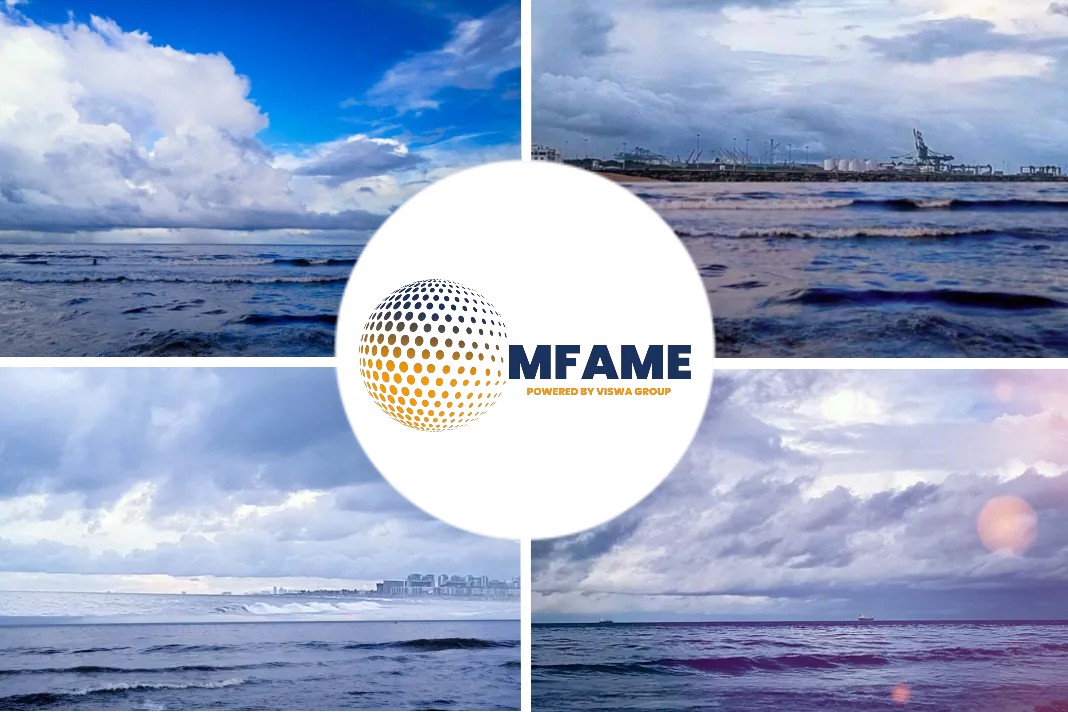- LR1, MR rates fall as refineries cut output
- LR2 commands w26-point premium to LR1
- LR1 rates at their lowest level so far for 2020
A recently published article in the Platts, written by Sameer C. Mohindru deals with the usual differentials in the freight rates of the Long Range tankers — LR1, LR2 and the smaller Medium Range, or MR.
They have been wildly distorted due to the sharp difference in the supply of the various ship sizes, resulting in the larger LR2s commanding a 26 Worldscale-point premium to LR1s on the benchmark Persian Gulf-North Asia routes, according to market participants and Platts data.
LR2 tanker is at a discount
Typically, the freight rate for an LR2 tanker is at a discount to the LR1, due to economies of scale. While the MR tankers command a premium to the LRs on account of its smaller capacity. But this conventional or natural spread is at the moment obscured due to the peculiar supply and demand dynamics. Not only are the LR2s at a premium to the LR1s, the MR tankers are at the same time enjoying a w3.5 points discount to the LR2s.
LR1 tanker loads 55,000 mt
An LR1 tanker typically loads 55,000 mt of naphtha or 60,000-65,000 mt of distillates, while the LR2s can hold 75,000 mt of naphtha or up to 90,000 mt of distillates. MR tankers move naphtha in 35,000 mt parcels and up to 40,000 mt of distillates.
As major crude producers cut output, adjusting to a weaker consumption in the coronavirus-infected world, lesser oil is being refined and lesser products exported on clean tankers.
How best to employ their ships
Owners are racking their brains to determine how best to employ their ships. “It is going to be a very long month for us,” a source with an LR1 owner said, as rates are languishing at their lowest — w67.5 — to-date in 2020.
Close to 60 LR1 ships are likely to be available for loading in the Persian Gulf in the next three weeks, but requirements are few and far between, a chartering executive said.
The supply of LR2s
In stark contrast, the supply of LR2s is much tighter, justifying the premium they now command over the LR1s. The number of LR2s available for loading in the Persian Gulf over the next three weeks is less than 27, market sources said.
At least a dozen LR2s were snapped up in the last week for loading of gasoil and jet fuel on the Middle East-Europe routes and some of the tonnage is still stuck in the West, yet to discharge cargoes and embark on their next voyage, giving strength to the LR2s.
This also implies that if charterers were to take an LR1, it will be almost $6/mt cheaper compared with an LR2, Platts data showed. However, they will also have to take an MR to load the remainder volume, which will not make the overall cost cheaper than taking an LR2.
To split or not to split
“So far the LR2 rates are moving in their own world, but charterers will start to split cargoes. Therefore, the question is whether it will help activity and push up rates of other segments,” a chartering executive with a global commodities trading company said.
At current Worldscale rates, it is still cheaper to charter an LR2, instead of two MRs, a source with an LR2 owner said. He also pointed out that since some of these cargoes would have already been sold to end-users, changing the cargo size will be a challenge and will involve stiff penalties.
Natural loading window moves into early July
However, charterers refuse to buy this logic and contend that even though the natural loading window is moving into early July, there remains some demand for end-June, where they will either go out of their way to get a relatively cheaper LR2 or explore the option of using an LR1 and MR combination.
The outlook for LR1s is still not rosy, a source with an LR1 owner said, pointing out that the problem is the inactivity of LR1s in North Asia, and too many ships ballasting to the Persian Gulf.
Middle East to North Asia
LR tankers typically move cargoes from the Middle East to North Asia, scouting for their next parcel in the region for a backhaul voyage. If unsuccessful, the tanker ballasts to the Persian Gulf and quickly adds to the supply of ships. This is what is happening presently and is dragging LR1 rates lower, turning recent premiums to the LR2s into discounts.
The LR1s daily earnings are hardly $6,000 on the benchmark Persian Gulf-North Asia routes, down from more than $100,000 early last month.
In stark contrast, an LR2 can still earn more than $20,000/day on the same routes.
Did you subscribe to our daily newsletter?
It’s Free! Click here to Subscribe!
Source: Platts
























